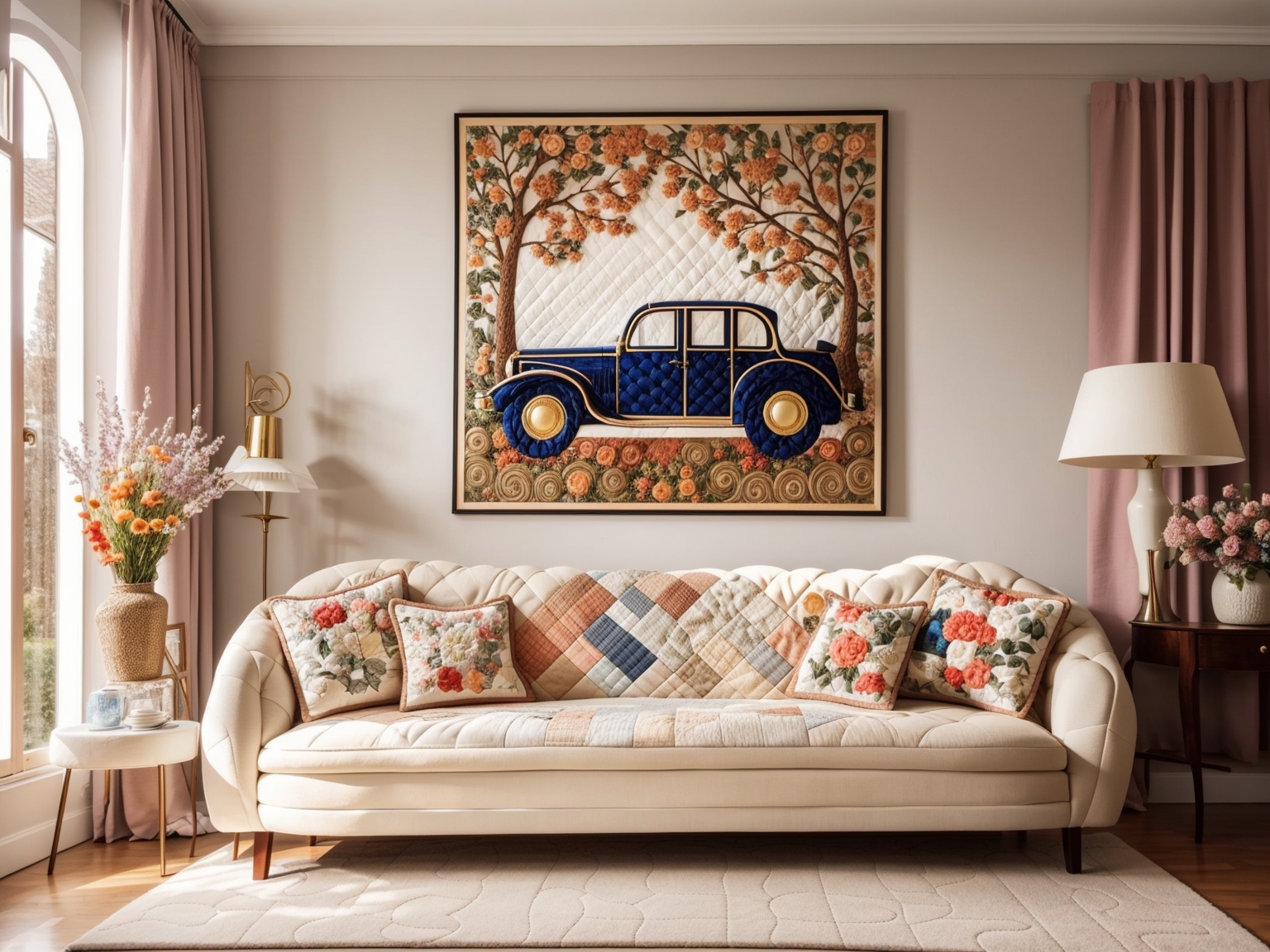Quilting with Precision: Mastering Patterns and Measurements
While quilting rewards free-flowing creativity, precise technical skills bring ambition to reality. Meticulous cutting, seam allowances, and attention to measurements enable flawless execution of patterns and designs. A ruler and rotary cutter are a quilter’s trusty tools to craft stunning compositions imbued with order, alignment, and crisp edges. Precision empowers imagination to soar.
Importance of Precise Cutting
A quilter’s journey begins with cutting fabric into uniform components like squares, rectangles, triangles, and diamonds. Accuracy paves the path for success.
Tools: Rotary Cutters, Rulers, and Mats
Rotary cutters exponentially improve cutting accuracy over scissors. Quilting rulers provide measured guidelines. Self-healing mats protect surfaces while cutting. Investing in these tools prevents errors.
Straight of Grain Orientation
Pattern pieces must align with fabric grain or risk distorting when sewn. Identifying and cutting along grain lines maintains stability once joined. Proper grain alignment prevents skewing.
Cutting identical pieces
Whether cutting multiple squares for patchwork or template shapes for appliqué, every piece should be identical. Sameness creates order. Using templates maintains consistency.
Avoiding Distortion from Handling
Once cut, pieces are vulnerable to stretching or misshaping while being moved or joined. Carefully handling cut edges curbs distortion to ensure flawless assembly.
Seamwork for Smooth Construction
Perfect 1⁄4” seams, consistent pressing, and proper alignment at intersections allow quilt tops to come together seamlessly.
Precise 1⁄4” Seam Allowances
Although seams get covered by binding, 1⁄4” seam allowances prevent bulk while allowing blocks to fit snugly together. Wider seams throw off measurements.
Locking Seams
Backstitching at seam ends “locks” threads to prevent loosening. This stabilizes seams during construction and future laundering for lasting durability.
Trimming Dog Ears
Congruent seam intersections form “dog ears” of excess fabric. Trimming corners curbs bulk. Clipping inward facing curves facilitates smoothness.
Pressing Seams Flat
Pressing each seam flat as you assemble keeps pieces lying neatly together. Finger pressing secures. Consistent pressing prevents uneven bunching.
Pinning for Alignment
Aligning adjacent seams and grid intersections requires pinning to prevent shifting while sewing. Pins ensure proper registration.
Planning Measurements and Scale
Calculating finished size and block dimensions allows quilters to select fabrics, estimate project timelines, and pre-cut components accurately.
Projected Finished Size
Will this quilt cover a twin bed? Determine target measurements to inform all other calculations. Measure twice, cut once!
Border and Sashing Dimensions
Measure quilt top perimeter to determine border lengths. Calculate widths of sashing strips between blocks. Measure carefully as each step accumulates.
Block Dimensions and Scale
What size do patchwork blocks need to be for the desired finished quilt scale? Larger scale may require more intricate piecing.
Yardage Estimates
Determine yardage needed for different elements based on material widths and pattern requirements. Planning yardage prevents mid-project shortages.
Accounting for Seam Allowances and Shrinkage
Fabric shrinks and seams add inches so estimate finished size about 5% smaller than the quilted top size. Anticipate shrinkage.
Tools and Techniques for Perfect Piecing
Specialized rulers, templates, and sewing methods allow quilters to achieve intricate block patterns with mathematical perfection.
Quarter Inch Seam Foot
This presser foot with an accurate 1⁄4” guide helps sew scant seams consistently for perfect block alignment. Dependable seams empower precision.
Specialty Shape Templates
Acrylic templates with notches and markings enable accurately cutting challenging shapes like 60° diamonds, hexagons, and curves for flawless results.
Foundation Paper Piecing
This method of sewing fabric to a paper foundation guarantees sharp points and accuracy. The paper gets torn away afterward.
Trimming Excess Fabric
Trimmed blocks lie flat, align properly in a grid, and assemble into crisp patterns. Trimming maintains intended design.
Nesting Seams
Aligning seam intersections so seams butt against each other avoids bulk. “Nested” seams make patterns geometrically pure.
The Thrill of Precision
Quilters find bliss in cutting uniform strips, assembling geometric blocks, and seeing measurements translate flawlessly from graph paper sketches to fabric. Each aligned point, pressed seam, and echoing pattern celebrates focused craft. Precision is the poetry of quilting, proving with patient hands and math we can create beauty that soothes and satiates our innate craving for order within a chaotic world.
